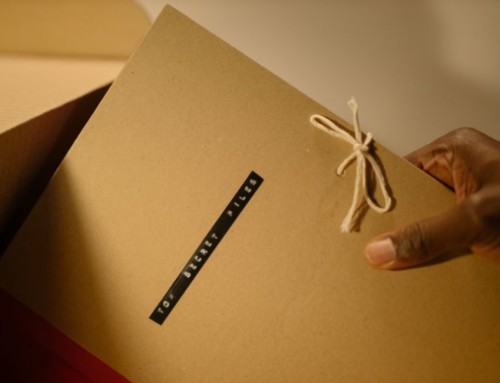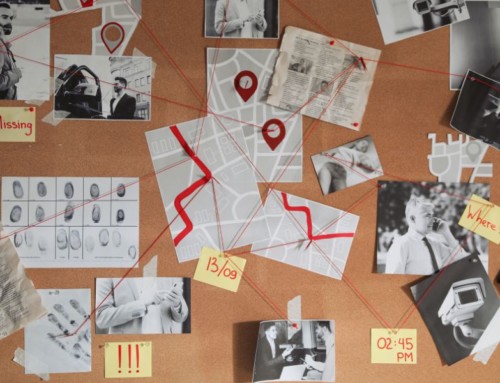
If you’re a writer of mystery novels or are just interested in how these books are crafted, you probably know that pacing is one of the key elements of a thriller. The pace of a story makes a difference in creating a page-turning read.
In this article, we’ll explore what pacing means, why it’s important, and how to pace your own mystery book.
Pacing: What Does It Mean?
Pacing is the speed at which a story unfolds. It’s the rhythm of the narrative, and it has a big impact on how engaged readers will be with the story. If a book’s pace is too fast, readers may feel overwhelmed and won’t be able to keep up with the action. If a book, however, moves too slow then readers may get bored.
Why is Story Pacing Important for Mysteries?
In a mystery novel, pacing is extra important. Mystery novels need to build suspense and tension to keep readers hooked. Pacing can also be used to keep readers guessing and to control the flow of information you share and when.
How to Pace a Mystery Novel?
When it comes to pacing a mystery novel, keep these considerations in mind:
- Take the time to flesh out characters and their backstories to add depth and complexity to your story. This is a key factor to keep in mind is the development of characters and their relationships with one another.
- Think about the balance between action and exposition. It’s important to keep your story moving forward, but it’s also important to provide context and background information for the reader to fully understand the plot.
- Use foreshadowing and suspense to build tension. By hinting at future events and building tension throughout the story, readers will remain eager to keep turning the page.
Plan Your Mystery’s Structure
Before you start writing, it’s important to have a solid plan for your story structure. This means outlining the major plot points and beats of your story, as well as deciding on the pacing for each section. You may want to start with a bang to hook readers, slow things down in the middle to build tension, and then ramp up the pace again for the finale.
Pacing to Create Tension and Add Suspense
Tension is key in a mystery, and you can use pacing to create your desired tension. One way to do this is to use short, punchy sentences that create a sense of urgency. Another way to do this is to use cliffhangers and other devices to end chapters.
To add suspense with pacing, vary the length of your chapters. Shorter chapters work best for action-packed scenes. Longer chapters, on the other hand, give readers a chance to catch their breath and process the information you’ve just shared.
You can also play with the order in which you reveal information. Try placing clues and red herrings throughout the story. Try using an outline to plot out your clues, suspects and any red herrings. Use that outline to arrange and rearrange the pieces of your puzzle until you like the arrangement. This process gives you a bird’s eye view at the layout of the information you need to share with readers. It’s also much easier to rearrange your clues before your thousands of words deep into your first draft.
Discover more from Mill City Press
Subscribe to get the latest posts sent to your email.








Leave A Comment